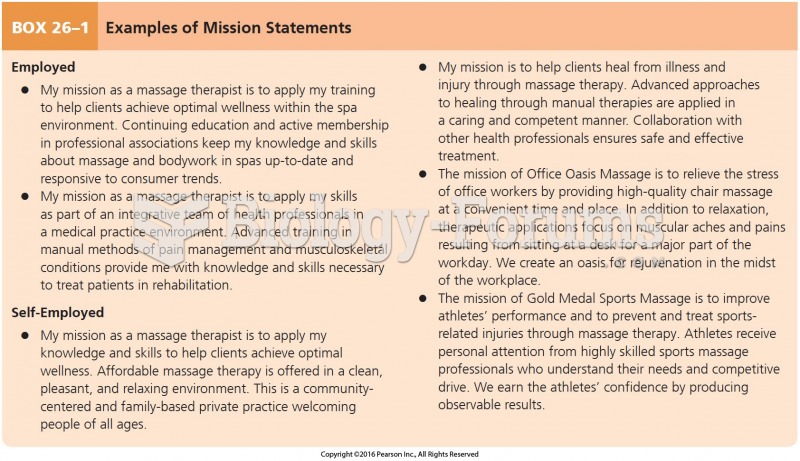|
|
|
People who have myopia, or nearsightedness, are not able to see objects at a distance but only up close. It occurs when the cornea is either curved too steeply, the eye is too long, or both. This condition is progressive and worsens with time. More than 100 million people in the United States are nearsighted, but only 20% of those are born with the condition. Diet, eye exercise, drug therapy, and corrective lenses can all help manage nearsightedness.
There are more sensory neurons in the tongue than in any other part of the body.
The first oncogene was discovered in 1970 and was termed SRC (pronounced "SARK").
When taking monoamine oxidase inhibitors, people should avoid a variety of foods, which include alcoholic beverages, bean curd, broad (fava) bean pods, cheese, fish, ginseng, protein extracts, meat, sauerkraut, shrimp paste, soups, and yeast.
When intravenous medications are involved in adverse drug events, their harmful effects may occur more rapidly, and be more severe than errors with oral medications. This is due to the direct administration into the bloodstream.
 Abdominal Assessment Landmarks. When describing pathology of the abdomen, it is useful to use theses
Abdominal Assessment Landmarks. When describing pathology of the abdomen, it is useful to use theses
 The conduction system of the heart; traces the path of the electrical impulse that stimulates the he
The conduction system of the heart; traces the path of the electrical impulse that stimulates the he
 If the valve clearance (lash) is not correct, loosen the retaining nut and turn the valve adjusting ...
If the valve clearance (lash) is not correct, loosen the retaining nut and turn the valve adjusting ...




